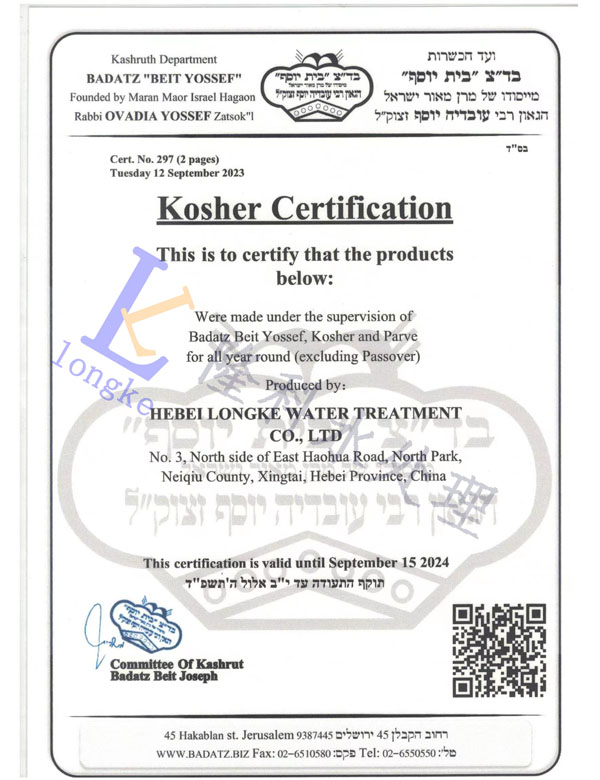Cationic Polyacrylamide Flocculant - Effective Water Treatment Solutions
Cationic Polyacrylamide Flocculant An Overview
Cationic polyacrylamide (CPAM) is a synthetic polymer widely used in various industries for its flocculating properties. It is primarily utilized in water treatment processes, particularly for the clarification of wastewater and drinking water. Due to its unique characteristics, CPAM plays a crucial role in improving water quality and ensuring environmental sustainability.
The chemical structure of cationic polyacrylamide consists of polyacrylamide chains that contain positively charged amine groups. This cationic nature allows CPAM to interact effectively with negatively charged particles and colloids found in water. When applied to wastewater treatment, CPAM enhances the sedimentation process by facilitating the aggregation of suspended solids into larger flocs. This aggregation process leads to more efficient removal of impurities, resulting in clearer water.
One of the primary applications of CPAM is in municipal wastewater treatment plants. Here, it is used to reduce the turbidity of wastewater before it is discharged into natural water bodies or reused for other purposes. By effectively binding with sludge particles, CPAM allows for the easier separation of impurities and accelerates the dewatering process. This not only improves the efficiency of treatment facilities but also minimizes the volume of sludge that needs to be handled.
cationic polyacrylamide flocculant

In addition to municipal applications, cationic polyacrylamide is employed in several other industries
. In the paper manufacturing sector, CPAM acts as a retention and drainage aid, improving the quality of paper products. Similarly, in the textile industry, it is used as a sizing agent to enhance the performance of fabrics during dyeing and finishing processes.Another significant benefit of CPAM is its versatility. It is available in various forms, including powders and emulsions, allowing for easy incorporation into different processes. The dosage and type of CPAM used can be tailored to meet specific requirements, making it a flexible solution for flocculation challenges.
Moreover, cationic polyacrylamide is often favored over traditional inorganic coagulants due to its lower toxicity and environmental impact. As industries increasingly prioritize eco-friendly solutions, CPAM offers a sustainable alternative that effectively manages wastewater without introducing harmful chemicals.
In conclusion, cationic polyacrylamide flocculant is a vital component in modern water treatment applications. Its ability to enhance the flocculation process, combined with its versatility and relatively low environmental impact, makes it an invaluable tool in various industries. As we continue to face challenges related to water scarcity and environmental pollution, CPAM will play an essential role in developing innovative solutions for sustainable water management. The adoption and optimization of cationic polyacrylamide in municipal and industrial applications will contribute significantly to achieving cleaner water and overall environmental health.
-
Water Treatment with Flocculant Water TreatmentNewsJun.12,2025
-
Polymaleic AnhydrideNewsJun.12,2025
-
Polyaspartic AcidNewsJun.12,2025
-
Enhance Industrial Processes with IsothiazolinonesNewsJun.12,2025
-
Enhance Industrial Processes with PBTCA SolutionsNewsJun.12,2025
-
Dodecyldimethylbenzylammonium Chloride SolutionsNewsJun.12,2025





